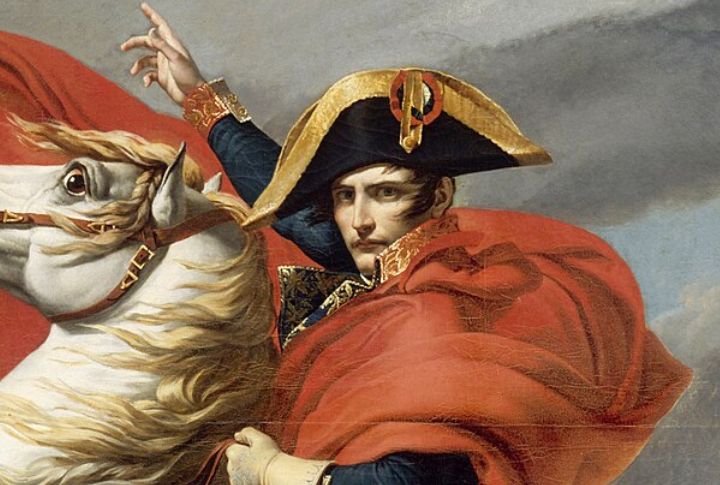
The possessions of historical figures offer insight into their lives beyond what textbooks reveal. These objects not only symbolize greatness but also humanize their owners, reminding us that even legendary figures were individuals with personal tastes and routines. Let’s look at 20 items that once belonged to history’s most valuable personalities and their significance.
Napoleon Bonaparte’s Hat

Napoleon Bonaparte was known for his distinctive bicorne hat, which he wore sideways to set himself apart from other military officers. He owned approximately 120 of these hats during his lifetime, but only a few remain today. One of the most well-preserved examples was sold at auction in 2014 for a staggering $2.54 million.
Abraham Lincoln’s Top Hat

The top hat that Abraham Lincoln wore on the night of his assassination is preserved at the Smithsonian Institution. Made of silk, it was a key part of his public persona and added to his towering height. The hat features a black band, which Lincoln added after his son’s demise in 1862.
Marie Antoinette’s Jewelry
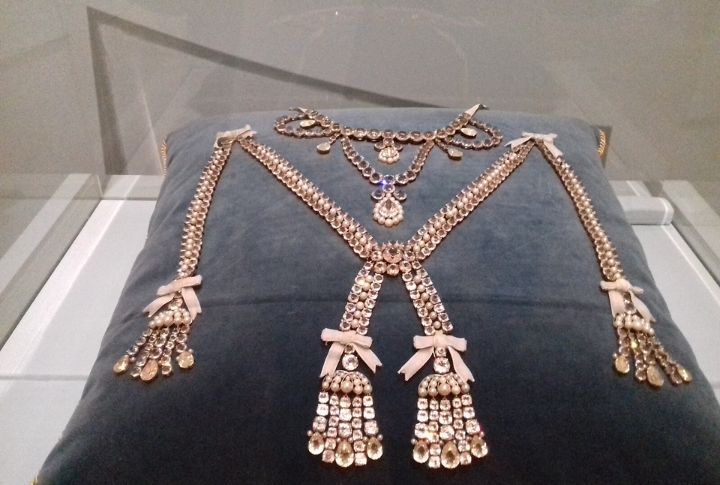
Marie Antoinette’s exquisite jewelry collection symbolized the extravagant luxury of the French monarchy. One of her most famous pieces, a pearl and diamond pendant, was secretly smuggled out of France before her execution in 1793. The pendant, which had been passed down through European royal families, sold at a 2018 auction for over $36 million.
George Washington’s Dentures

For most of his life, George Washington suffered from dental problems, losing several of his teeth by his early adulthood. Contrary to popular opinion, his dentures were not made of wood but from a combination of human teeth, ivory, gold, and lead. One of the sets is displayed at the Mount Vernon Museum in Virginia.
Leonardo Da Vinci’s Notebooks

Notebooks belonging to this famous inventor contain some of the most brilliant ideas in art, science, and engineering. Bill Gates bought one of the notebooks, the “Codex Leicester,” in 1994 for $30.8 million, making it one of history’s most expensive books. The notebooks include sketches of flying machines and anatomical studies.
Winston Churchill’s Cigar
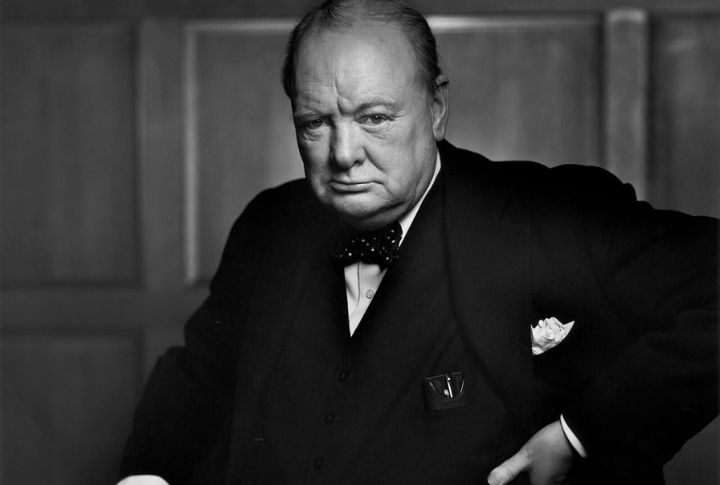
Britain’s wartime prime minister, Winston Churchill, was rarely seen without his trademark cigar. One of his half-smoked cigars is preserved at the National Churchill Museum in Fulton, Missouri. This particular cigar was left behind after a visit to an RAF base during World War II and was later recovered by a military officer.
Beethoven’s Hearing Aids
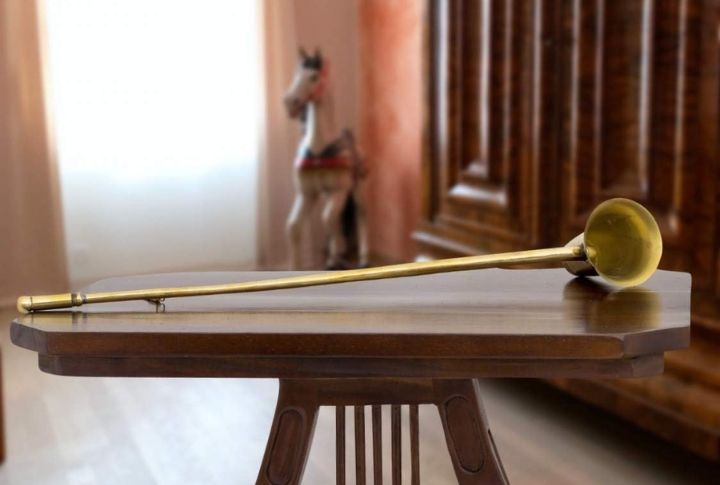
As Ludwig van Beethoven’s hearing deteriorated, he relied on specially designed ear trumpets to help amplify sounds. Several of these ear trumpets are displayed at the Beethoven House Museum in Bonn, Germany. The devices, made from metal and horn, were custom-made by Johann Nepomuk Malzel, an inventor known for creating musical devices.
Theodore Roosevelt’s Glasses Case

Theodore Roosevelt was carrying a metal glasses case in his chest pocket when he was targeted during a campaign speech in 1912. The case, along with a folded speech, helped slow the bullet, allowing him to finish his speech before seeking medical attention. It is preserved at the Theodore Roosevelt Birthplace National Historic Site.
Joan Of Arc’s Ring

In 2016, a ring believed to have belonged to Joan of Arc was sold for over $400,000. The ring, inscribed with the letters “JHS” and “MAR” (representing Jesus and Mary), was reportedly worn by the French heroine throughout her military campaigns. English records from the 15th century confirm that Joan wore such a ring.
Charlie Chaplin’s Cane And Bowler Hat

Charlie Chaplin’s iconic cane and bowler hat, which he used in his famous Little Tramp persona, are preserved in film museums. These props became synonymous with Chaplin’s silent film performances, adding a playful and expressive element to his character. The hat and cane helped define the Little Tramp’s comedic yet poignant personality.
Ernest Hemingway’s Typewriter

Writer and novelist Ernest Hemingway owned several typewriters. His favorite, a 1926 Underwood No. 5, is on display at his former home-turned-museum in Florida. Hemingway maintained a disciplined writing routine, often standing while typing on this machine. He composed some of his famous works, including “The Old Man and the Sea,” on various typewriters.
Gandhi’s Round Glasses
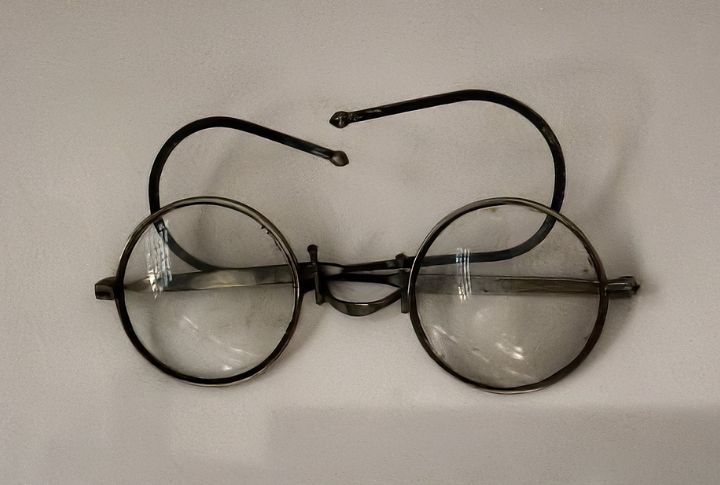
Several round-rimmed glasses, integral to Mahatma Gandhi’s humble persona, are preserved in various museums. A pair of his spectacles was auctioned in 2020 for over $340,000, far exceeding its estimated value. The glasses were known to be symbolic of his vision for a free and independent India.
Mark Twain’s Pipe
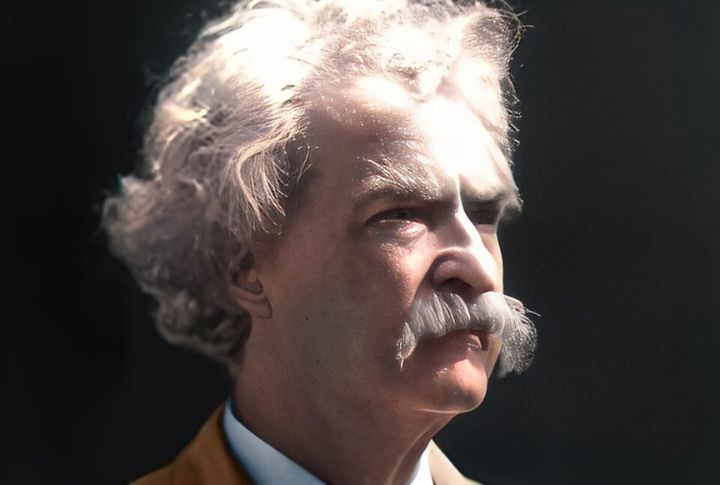
The legendary American writer Mark Twain was an avid pipe smoker, and one of his personal pipes is preserved at the Mark Twain House & Museum in Hartford, Connecticut. Twain often mentioned his love for smoking in his writings, once humorously stating that quitting smoking was easy because he had done it many times.
Queen Victoria’s Mourning Dress
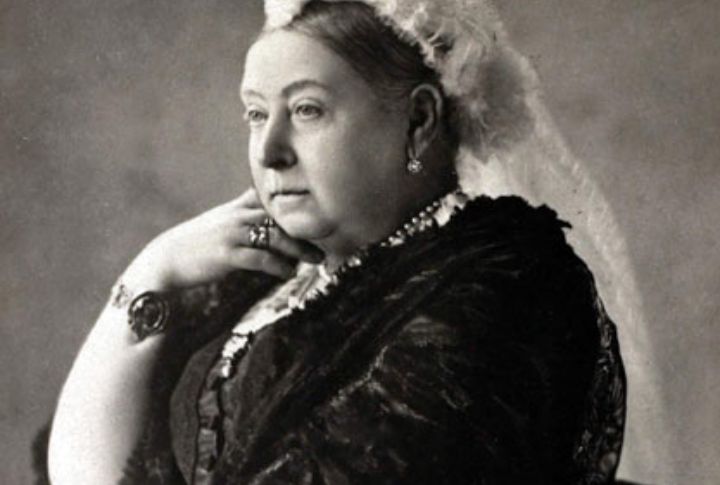
After the passing of Prince Albert in 1861, Queen Victoria began wearing mourning attire, one of which is displayed at Kensington Palace in London. The dress, made of heavy black crepe and silk, reflects the Victorian era’s strict mourning customs. Victoria’s prolonged public mourning set a precedent for grief and widowhood among British royalty.
Pablo Picasso’s Paintbrushes

Several of Pablo Picasso’s paintbrushes, used to create some of the most famous artworks of the 20th century, are preserved in museums and private collections. Picasso was known for his instinctive brushwork, often painting nonstop for hours. Some of these brushes are worn from years of use and were integral to his revolutionary artistic techniques.
Harriet Tubman’s Shawl
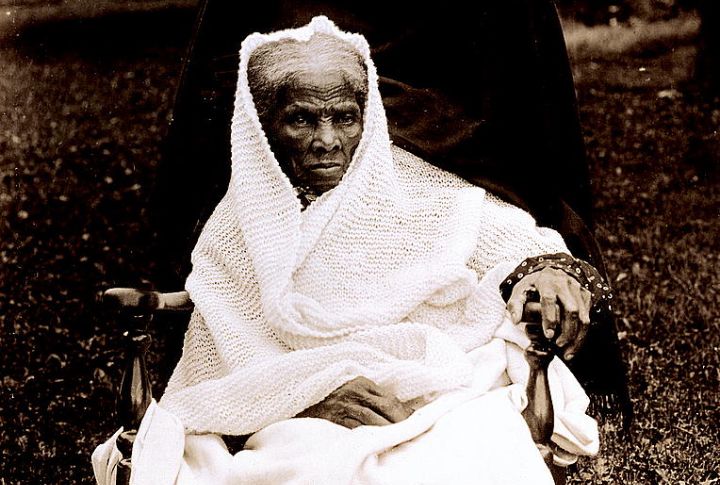
Harriet Tubman was a famous abolitionist who helped hundreds of slaves find freedom. A shawl made of silk lace and linen given to her by Queen Victoria in the late 19th century is preserved at the National Museum of African American History and Culture. Tubman, who escaped slavery herself, was deeply respected internationally for her brave actions.
Frida Kahlo’s Paint Palette
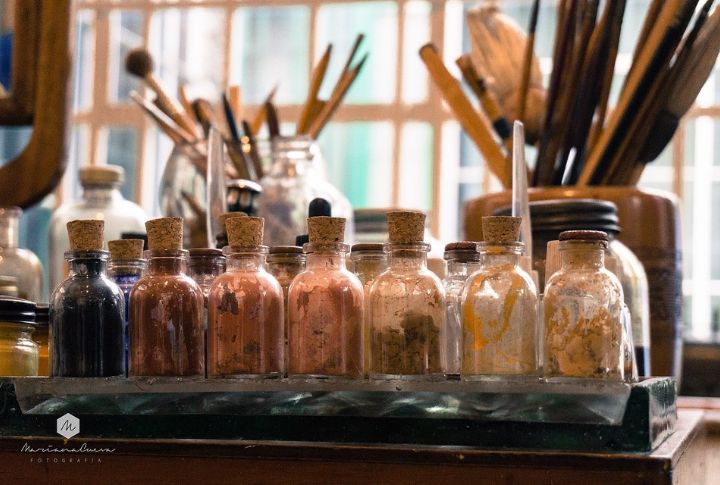
Frida Kahlo’s paint palette, preserved in her former home-turned-museum, La Casa Azul in Mexico City, reveals her artistic process. The palette contains remnants of the bold colors she favored, like deep reds, blues, and yellows. Kahlo, who suffered from lifelong pain, often painted from her bed, using these very colors to express her struggles.
Martin Luther King Jr.’s Bible

This Bible was Martin Luther King Jr.’s constant companion throughout his life and ministry. He used it during sermons, speeches, and civil rights marches, drawing inspiration from passages emphasizing justice and equality. Worn from years of use, it contains underlined verses and margin notes that provide insight into King’s spiritual reflections.
Thomas Jefferson’s Writing Desk
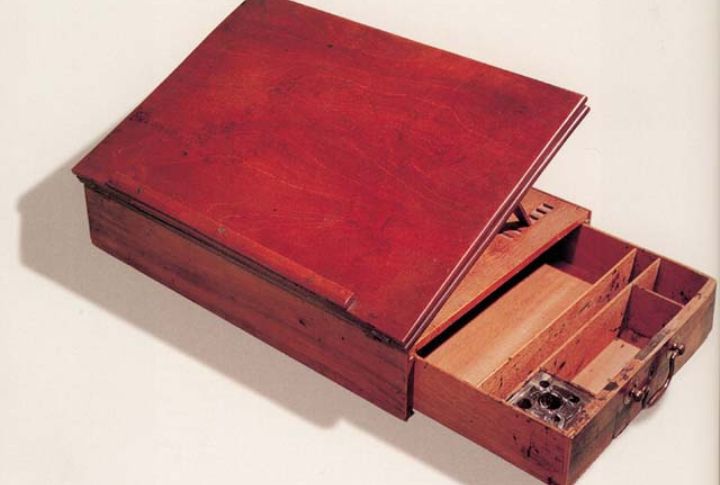
Historians hold this desk in high esteem as it was the very place where Thomas Jefferson penned the Declaration of Independence in 1776. Designed by Jefferson himself, the portable desk was crafted from mahogany and featured a hinged writing board. This powerful artifact, housed in the Smithsonian Institution, symbolizes the birth of the United States
Vincent Van Gogh’s Paint Palette

Covered in remnants of thick, swirling paint, this striking artifact provides insight into the mind of one of history’s most celebrated artists. The palette, displayed in the Van Gogh Museum in Amsterdam, still holds traces of the bold colors that defined Vincent van Gogh’s masterpieces, like “Starry Night” and “Sunflowers.”

